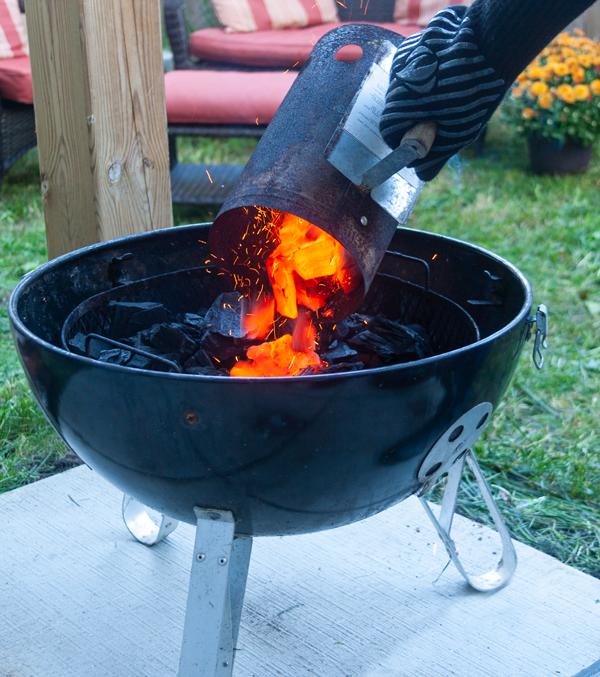
Charcoal Grill Safety - Grill Safety Practices for Charcoal BBQ & Smokers
Let’s face it. When you cook on a barbecue you are literally playing with fire – but in a very delicious way. Like any time you play with fire, you should ensure that you are doing so in the safest way possible. Charcoal grilling takes patience and thought especially when it comes to grill safety. When was the last time you reviewed grill safety practices for your charcoal grill and smoker?
BBQ Safety First
-
Always read the manual of your charcoal grill or smoker before you start using it.
-
Never use or install your charcoal grill indoors, on recreational vehicles, boats, enclosed porches, overhangs, or under combustible construction.
-
When setting up and using your charcoal grill, remember to ensure that it is on a stable surface to prevent the unit from tipping over during use.
-
Never leave your BBQ unattended after lighting the fire.
One of the most important things to remember when using a charcoal grill or smoker is proper clearance to combustibles. Our manuals recommend 5 feet on all sides (that’s 1.5 meters). This clearance is very important if you are operating your grill near vinyl siding and glass. It is also important not to use your charcoal grill or smoker on combustible surfaces like wooden and composite decks and porches. If you do not have an area to do that, placing a 24 x 24 patio stone or two underneath the unit is an excellent idea.
Lighting Your Flames
There are a couple of different types of charcoal that can be used to power your grill. Lump charcoal – chunks of wood that have been burned in a kiln to create something akin to pure carbon, and charcoal briquettes – uniform chunks of combustible material made from wood materials, binding agents, and accelerants. Lighting both come with their own rules that need to be exercised.
-
Light lump or briquette charcoal with a chimney starter on a non-flammable surface like a stone patio.
-
If using an electric starter, make sure that you do not use it in the rain or when standing on a wet surface, and that it is completely cooled on brick or another non-flammable surface before being put away.
-
If you choose to use a chemical accelerant to help light your charcoal please use extreme caution. Ensure that the lid is on and the accelerant is stored safely away from the BBQ and that children cannot reach it before you attempt to light the grill.
-
When lighting charcoal, remember to tie long hair back and wear clothing that isn’t loose or flowing.
-
Never touch charcoal if you are unsure if it is lit or hot, if you need to move charcoal in any way use tongs and protect your hands with heat resistant BBQ gloves. These should also be used to open and close the vents.
Only use charcoal starter fluid when using a chemical accelerant to light charcoal. Never use anything else like gasoline or kerosene. If using accelerant, remember to remove any that has not hit the coals, or hit the grill before attempting to light. Never add charcoal lighter fluid to already lit coals.
After The Meal
You’ve finished cooking the most delicious meal ever and you even used charcoal to do it. But now what? The BBQ is still hot and you want to eat.
-
After cooking close the vents at the bottom and top of the charcoal grill. This restricts the oxygen flow and chokes the fire.
-
Allow any unburned charcoal and hot ash to cool for at least 24 hours before disposing into a noncombustible container – like a stainless or aluminum bucket. Store this bucket away from other combustibles.
-
Don’t forget to clean the ash catcher and grease collector every 1 to 2 grilling sessions to avoid grease fires.
Practicing safety when it comes to doing anything with fire is paramount; with the above practices put in place, you will definitely be as safe as you can be. Tell us, what is your favorite kind of charcoal to use – Lump or Briquette – and why. Leave a comment on our social pages like Facebook and Instagram and use the hashtags #CharcoalBBQing and #NapoleonGrills with your answers.
Happy Grilling!

